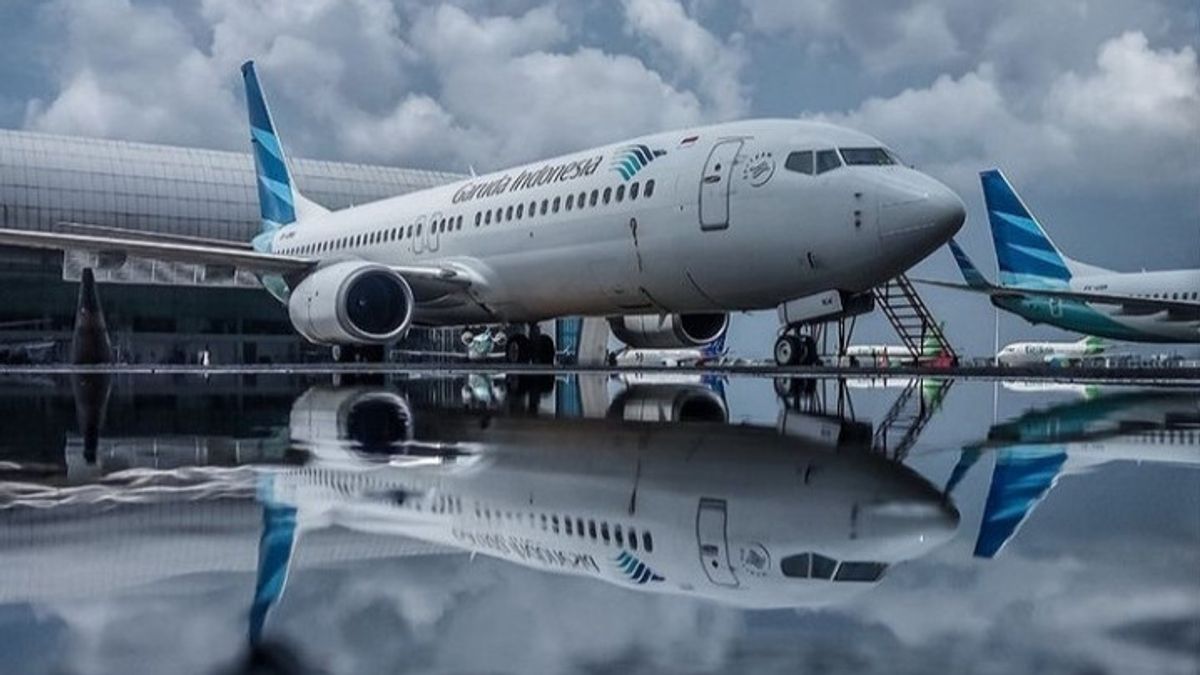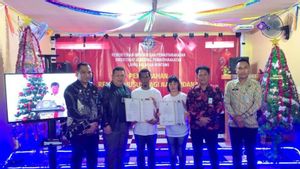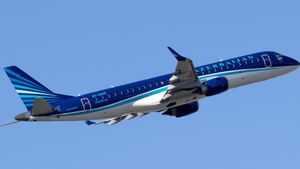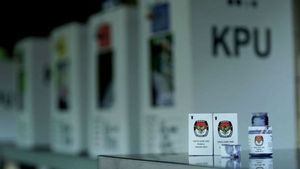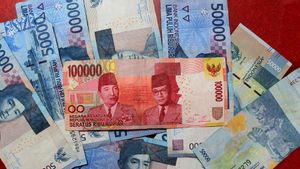JAKARTA - Aircraft charter activities are common in the aviation industry, especially those carried out by an airline. Usually, airlines lease planes from other airlines or leasing companies for two main reasons.
The first is to reduce financial burdens. And the second is to increase the carrying capacity of airlines under certain and temporary conditions.
Usually, the main reason an airline rents an airplane compared to buying is to keep financial performance in a healthy condition, aka reduce the burden.
Meanwhile, the rental methods that are often used are 'wet rental' and 'dry rental'. Wet leases are generally used by airlines for fleet use in the short term. Meanwhile, dry lease tends to be applied to airlines wishing to operate the aircraft for a long time.
Rent WetThrough this scheme, the party leasing the aircraft provides a fleet, complete crew, maintenance and insurance (ACMI) to other airlines with payment conditions based on operating hours. The tenant provides fuel and bears airport fees, as well as other duties, taxes, etc.
Wet rental is usually used when there is a significant increase in the number of passengers but at a relatively short time, such as the holiday season.
Globally, the global wet rental market is estimated to have a valuation of US $ 7.35 billion in 2019 and is predicted to grow to US $ 10.9 billion by 2029.
Dry LeaseA dry lease is a lease arrangement in which an aircraft finance entity (lessor), such as GECAS, AerCap, or Air Lease Corporation, provides the aircraft without any equipment, such as crew, ground staff, maintenance, and so on.
Dry leases are commonly used by leasing companies and banks, which require the lessee to place the aircraft on its own air operator certificate (AOC) and provide the aircraft registration.
A typical dry lease lasts up to two years and covers certain conditions with respect to depreciation, maintenance or insurance.
One of the airlines that uses long-term leases is Garuda Indonesia. Based on information compiled by the editorial staff, the state-owned airline company is tied to 31 lessors for a number of aircraft currently in operation.
However, Garuda was reluctant to say how many planes were imported under the charter system. Quoting information on the official website, airlines with the GIA code are known to have a total of 142 aircraft consisting of Boeing 777-300ER, Boeing 737-800NG, Airbus A330-200.
Then, GIA also operates the Airbus A330-300, Airbus A330-900neo, CRJ1000 NextGen, and ATR 72-600 with an average fleet age of 6 to 7 years.
The English, Chinese, Japanese, Arabic, and French versions are automatically generated by the AI. So there may still be inaccuracies in translating, please always see Indonesian as our main language. (system supported by DigitalSiber.id)
